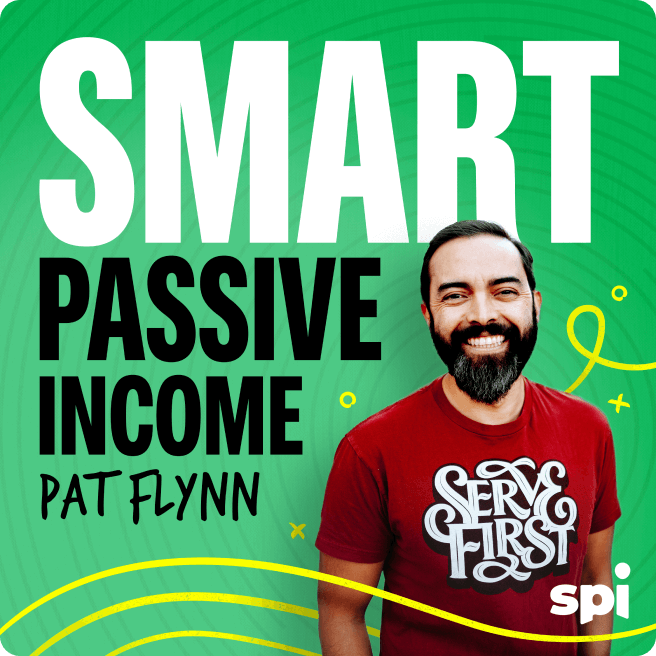Bonus episodes are a rare occurrence here on the Smart Passive Income Podcast. We’re doing this one because we feel compelled to tell you about an incredible shift happening in our industry and an amazing tool we’re using to ride that shift. It’s called Circle, an online community platform created specifically for creators.
Today, we’re going to explain why community is everything, not just in 2021, and not just as a result of the pandemic. You’ll learn why this shift is happening now and why we describe our commitment to the community within SPI as the beating heart of the business.
We’re so stoked that there are actually three segments within this bonus episode so that you can learn as much as possible. First, you’ll hear an interview between me and one of Circle’s co-founders, Sid. Next, sit in on a roundtable between my Partner in SPI, Matt, interviewing Sid and the other two Circle co-founders, Rudy and Andy. Finally, get an inside glimpse at a user’s perspective of Circle with the entirety of SPI’s Community Experience (CX) team: Mindy, Jay, and Jillian. There’s tons of actionable advice through this whole episode, whether you have a community of your own or are just starting to think about it.
I can’t emphasize enough what an amazing, critical opportunity online communities are for creators; Circle is an invaluable asset in making it happen. Check out Circle at SmartPassiveIncome.com/circle [Full Disclosure: I’m a compensated advisor and an affiliate for Circle]. And, if you’re listening to this in early 2021, we have a super fun training and webinar coming up with the Circle Team on February 10th and 11th at SmartPassiveIncome.com/webinars.
Last, if you’re curious about what SPI’s own membership community (SPI Pro) looks like, check it out at SmartPassiveIncome.com/pro.
You’ll Learn
- How Circle originated — from a few friendly conversations to the initial “let’s do this”
- Why investing heavily in community is crucial for creators
- Where to start if you’re thinking about launching your own online community
- Why tools like Facebook or Slack are often suboptimal for meaningful membership groups
- How to make sure your community is a thriving destination for members
- Why paid memberships — as opposed to free ones — make a difference in community engagement
- How a vision and values document played an integral role in the early stages of Circle
- What the Circle co-founders took with them from their experiences at Teachable (and what they left behind)
- Why it’s important to keep a foot “in the trenches” as a manager
- Why Circle is a breath of fresh air for SPI’s Community Experience team
- How and why SPI designed its application system for the SPI Pro community
- Why it’s critical to be able to connect directly with your community, rather than through a platform like Facebook or LinkedIn





